- Date
December 15, 2021, to March 6, 2022
- Tuesday to Friday
10 am - 6 pm
- Saturdays
9 am - 7 pm
- Sundays and holidays
9 am - 6 pm
- Fee
Free
- For early booking (optional)
On December 15, Japan House São Paulo opens the Sopros (Blows) project, which features contemporary utility pieces made of glass in the Edo Glass style. This set of artisanal glass-making techniques was developed in the Edo Period (17th to 19th centuries) and, today, it is still as a symbol of the production done in Tokyo, Japan. Two concomitant exhibitions will illustrate the evolution of the relationship between tradition and the present through the work of skilled Japanese artisans. Admission is free, and the project can be visited until March 6, 2022.
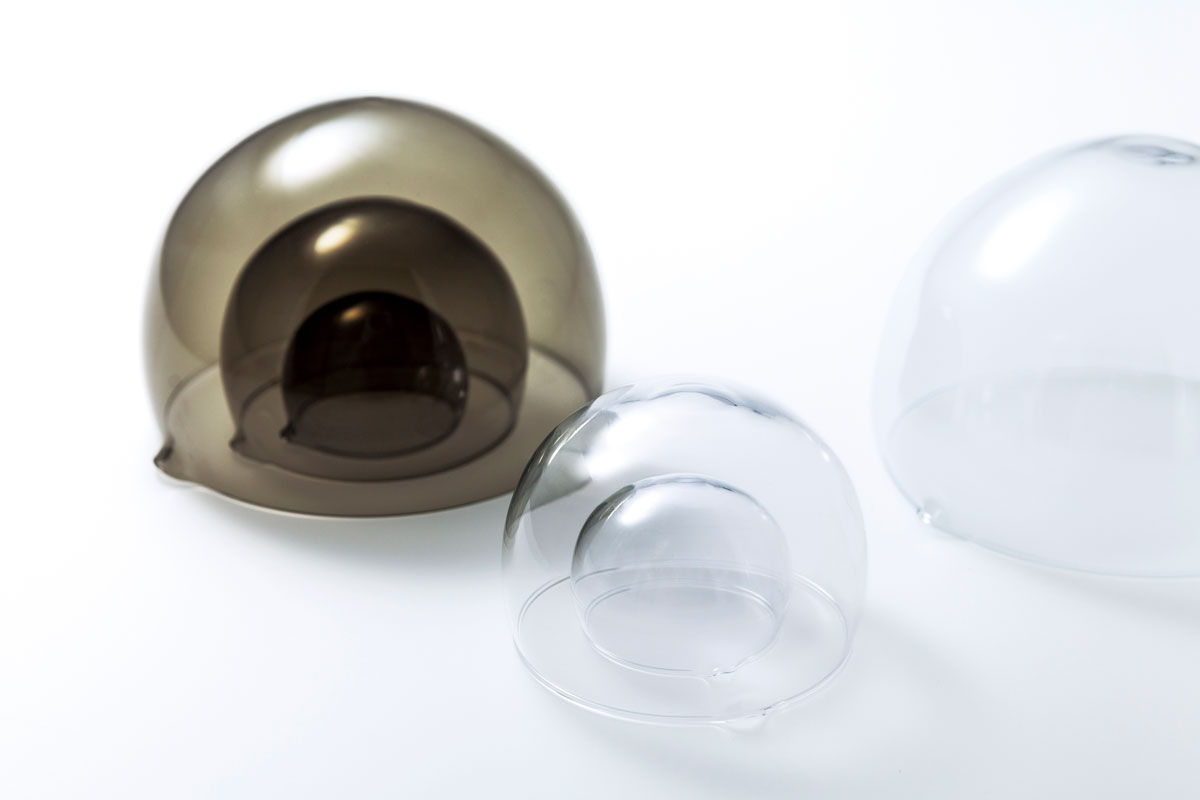
Blows – Japanese glass designs
On the ground floor, the exhibit has an expography that references an industrial setting that contrasts with the lightness, delicateness, and transparency of glass, and the pieces portray a glimpse of everyday life in Japan today. Among the more than 300 objects on display are glasses, vases, plates, and paper weights, as well as items less familiar to the Brazilian audience, like chopstick holders and holders for onigiri (traditional Japanese rice dumplings).
Curated by Japan House São Paulo's cultural director Natasha Barzaghi Geenen, the exhibition features pieces that employ basic techniques of the Edo Glass style, as well as specific technologies, such as color applied to some objects.
To Natasha, "the main purpose is to present this unique production, whose tradition has been passed down from generation to generation, as well as to highlight the elegant and versatile qualities of glass. It undergoes a series of physical and chemical transformations prior to becoming a unique piece that reflects the efforts and creativity of the artisans involved."
The exhibition's main theme, glass production in Japan also establishes a dialog with the context of this practice in Brazil, as this element was introduced to both countries by Europeans in the mid-16th century.
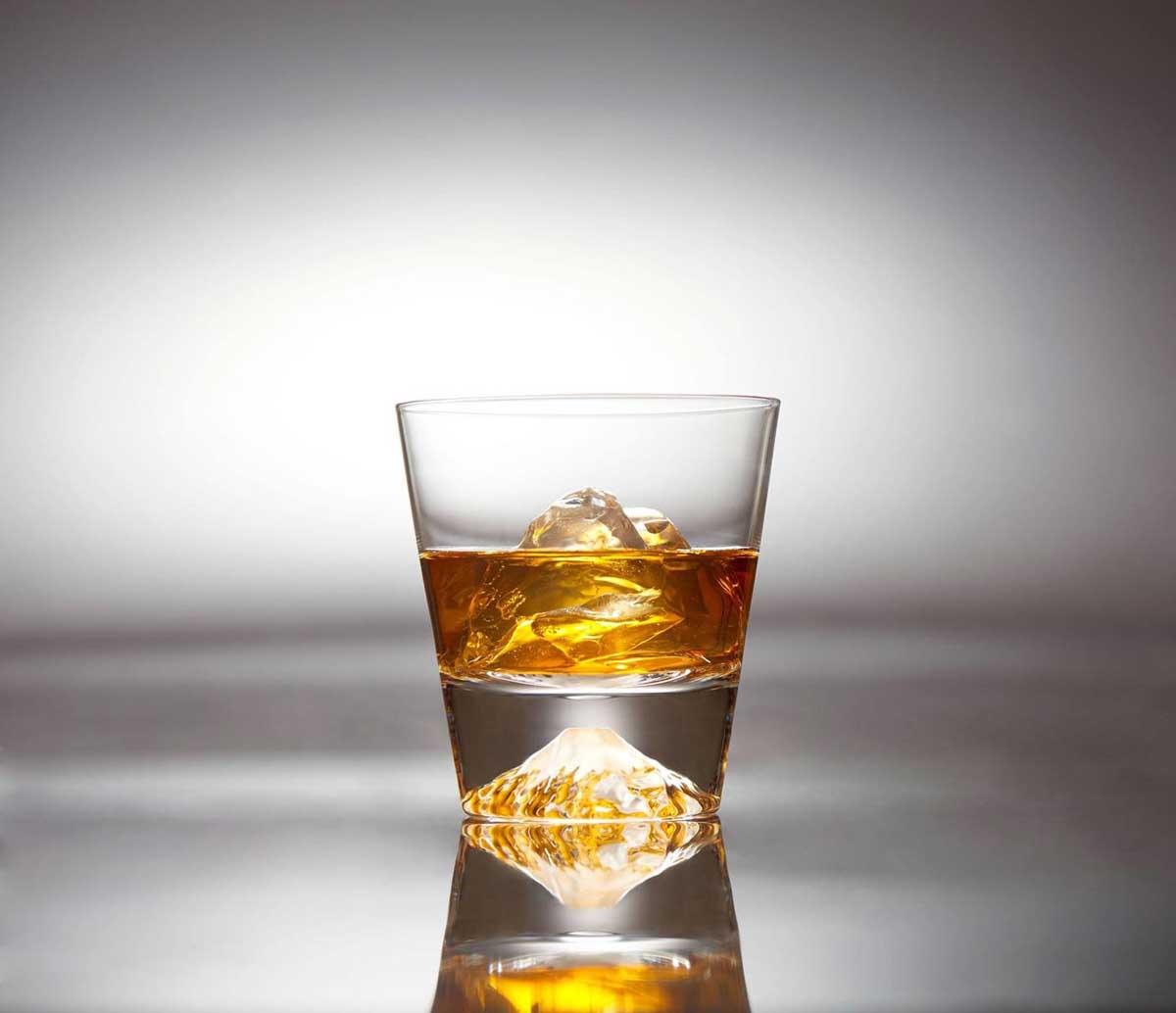
Edo Glass: Traditional glass techniques
On the first floor of the institution, visitors can view different techniques that were applied and improved in the Japanese archipelago, ensuring the creation of a new, unique language about this material in combination with bold designs that can suit current Japanese daily needs.
“It is interesting how these pieces reveal a way of life in Japan, being more than ornaments or functional pieces. Additionally, the coexistence of traditional and contemporary can also be seen in this exhibition as a way of experiencing the current aesthetics that countless artisans have been developing using traditional techniques,” emphasizes Natasha.
With support from the Tobu Glass Industry Cooperative Association of Japan, the organization that oversees all certified companies producing Edo Glass, the project will feature pieces from factories recognized for this production: Iwasawa Glass Co., Tajima Glass Co., Sugahara Glassworks Inc., Toyo-Sasaki Glass Co., Ltd. and Nakakin Glass Inc. The project aims to bring more visibility to a production that is officially recognized as a Japanese heritage.
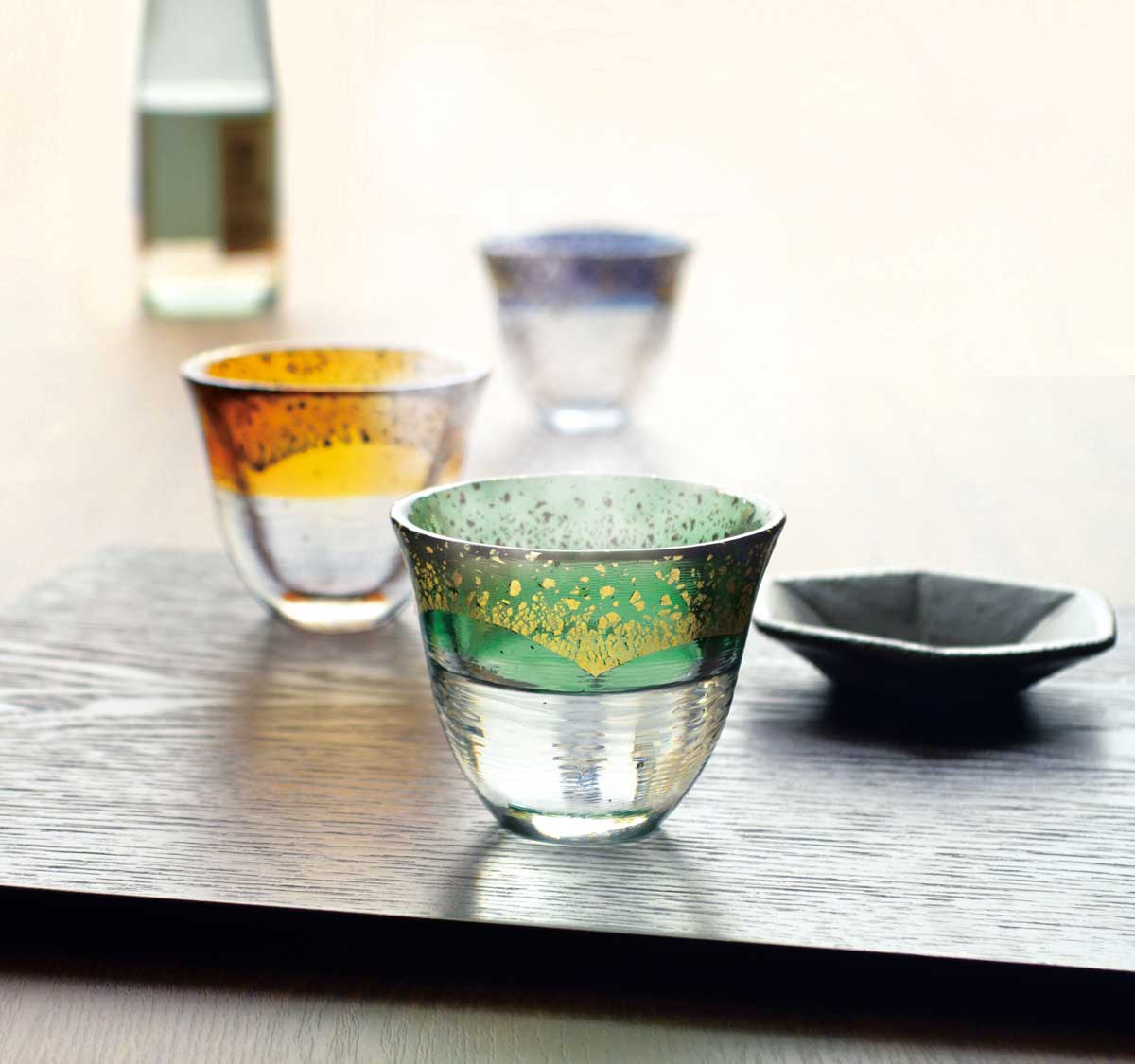
JHSP Online + Accessible JHSP program
The exhibition also features parallel online programming and content shared on Japan House São Paulo’s social networks, in addition to accessibility features, such as tactile elements and audio descriptions.
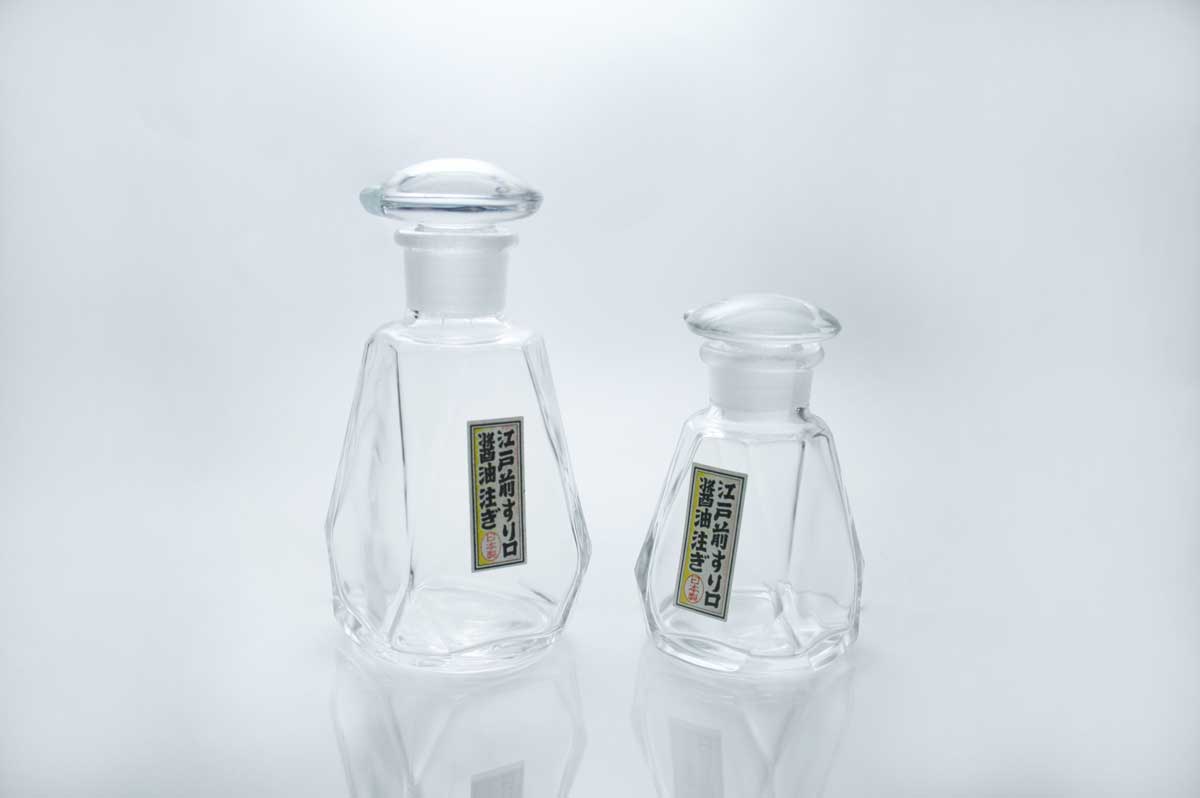
--
Tobu Glass Industry Cooperative Association of Japan
The organization promotes and encourages companies that produce Edo Glass. It organizes notable events, exhibitions, and competitions geared toward the segment.
http://www.tobu-glass.or.jp/
Iwasawa Glass Co.
Founded in 1917, the company produces a wide variety of items, such as plates, bowls, soy sauce saucers (suri guchi and negi guchi), vases, ashtrays, and paper weights, among others.
http://www.iwasawa-glass.co.jp/
Nakakin Glass Inc.
Ever since its foundation, in 1946, it makes pieces using the “Nakakin color superimposition” method, in which two colors are blown simultaneously to overlap. The company helped popularize Edo Glass using a technique called Edo Kiriko.
https://nakakinglass.com/
Sugahara Glassworks Inc.
The Japanese handcrafted glass factory was founded in 1932, in Tokyo. It brings together artisans who use traditional Japanese production techniques and methods to create a variety of pieces, updating them for contemporary life and uses. “Glass is alive” and “Communicating with glass” are the maximum expressions of Sugahara, which has more than 4,000 items in its catalog.
https://sghr.us/
Tajima Glass Co.
The company produces glasses and glass bowls, and pioneered making material overlays (Edo Kiriko and Sand blast). It was awarded for the piece “Edo Glass - Monte Fuji wine glass”, in addition to being granted a decoration from the Japan Tourism Agency. The company was established in 1956.
https://www.tajimaglass.com/
Toyo-Sasaki Glass Co.
With over 100 years of history, the company was founded in the late 19th century and is a leader in the manufacturing of glass dishes, working both with industrial and artisanal processes. While the machine-made line produces high-quality products quickly, the handcrafted one is made by artisans who have mastered extraordinary Edo Glass techniques.
https://www.toyo.sasaki.co.jp/e/
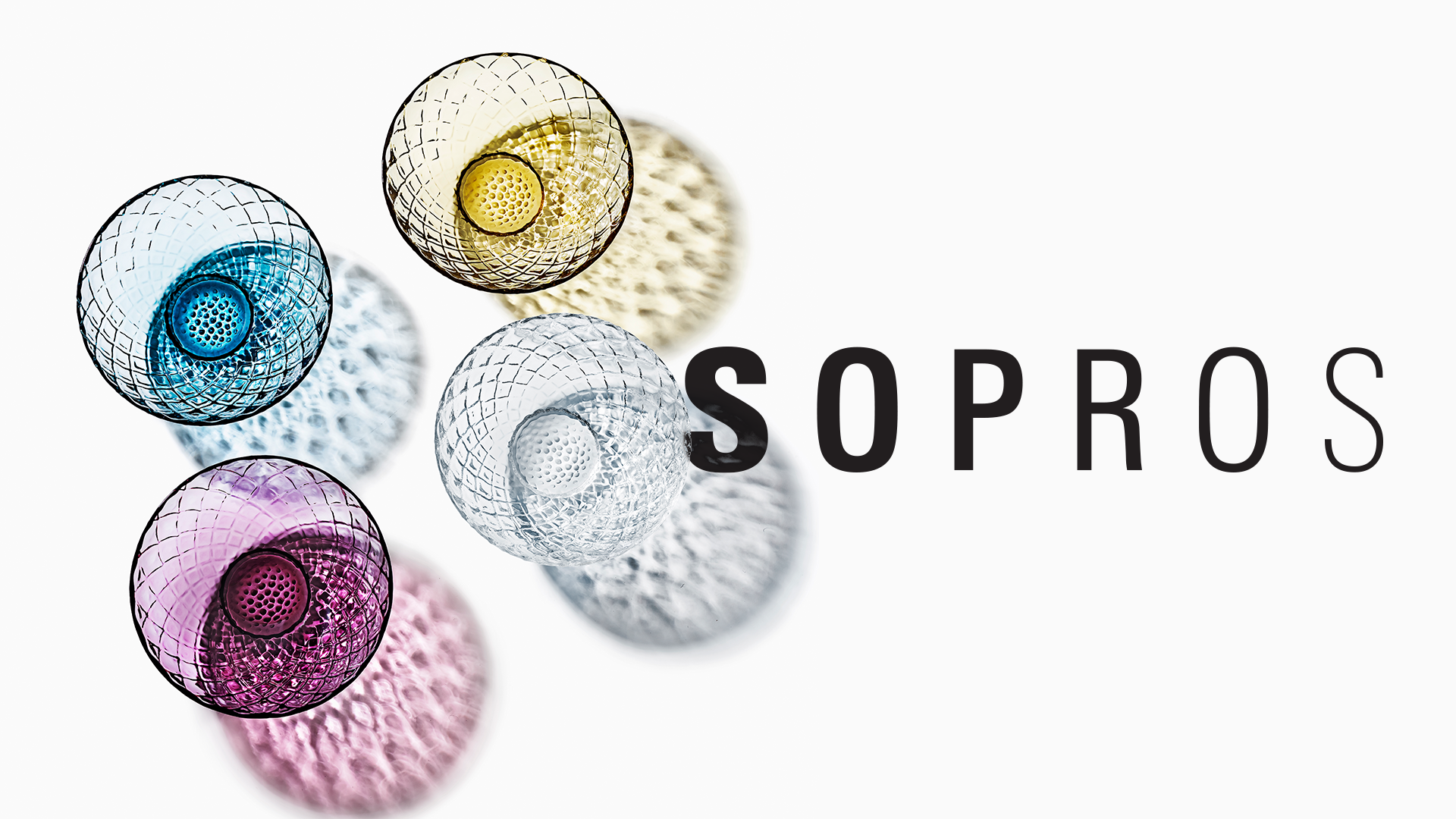
Service:
Exhibition: 'Blows – Japanese glass designs’
Ground floor
Exhibition 'Edo Glass: Traditional glass techniques'
First floor
Period: December 15, 2021, to March 6, 2022
Cost: free admission
The exhibition has accessibility features.
Advance online reservations are optional, but recommended: https://agendamento.japanhousesp.com.br/
Japan House São Paulo
Address: Avenida Paulista, 52 – Bela Vista, São Paulo
Opening hours:
Tuesday to Friday, 10 am to 6 pm*
Saturdays, 9 am to 7 pm*
Sundays, and banking holidays, 9 am to 6 pm*
*Visiting dates and hours may change as per the determinations of the São Paulo Plan.
**Due to the coronavirus, JHSP is operating with a reduced capacity.
For more information, click here.




